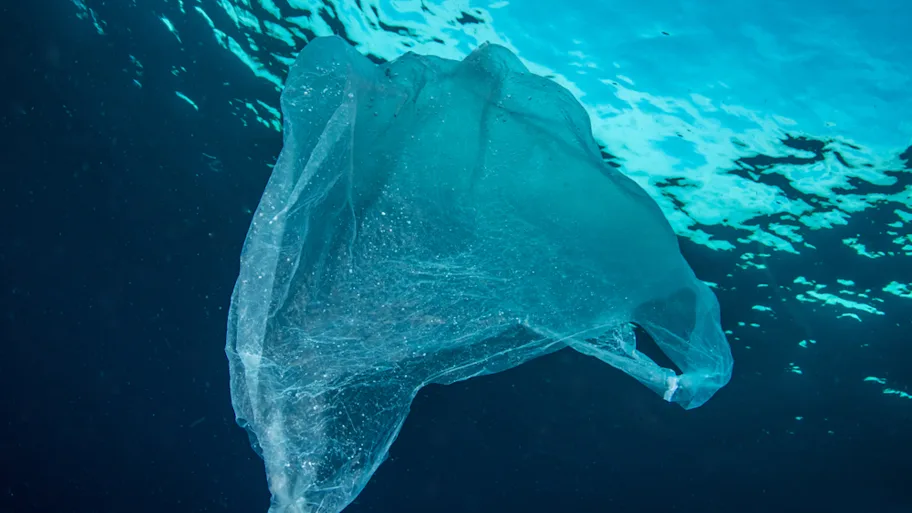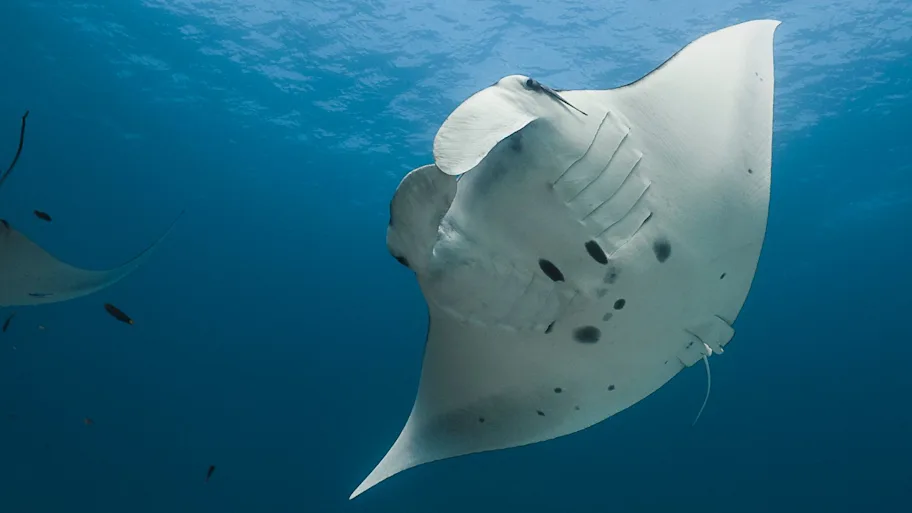
- Science news
- Featured news
- Making music from animal migrations
Making music from animal migrations

The first-ever transformation of animal tracking data into sound provides insights — and surprisingly, pleasure
— By Emma Duncan
What does animal migration sound like? Not the noises made by the animals themselves, but each individual’s movements put to music. White noise, discordant notes — or a coherent, harmonic symphony?
A new study by prominent marine researchers is the first to find out. The international team wanted a deeper understanding of elephant seal migration, particularly on their coordinated movements.
“Marine animals undertake amazing voyages across entire oceans,” explains Dr. Carlos Duarte from Saudi Arabia’s King Abdullah University of Science and Technology (KAUST). “Among all the big migratory marine animals, elephant seals are arguably the champions — swimming distances of more than 15,000 km, and diving to depths in excess of 1,000 m in their search for food.”
Scientists have long been interested in understanding how animals navigate at sea, both to avoid getting lost and to find each other in the vast wide ocean. While the development of tracking devices provided insights into the movements of individual animals, understanding the collective movements of a group remains a challenge.
“Our examination of individual migration trajectories suggested that elephant seals do not travel independently,” says Duarte. “Big-data approaches to tracking multiple animals are emerging, but the vast amount of data is difficult to analyze. Our tracking studies, for example, generated more than 1 million positions from 321 elephant seals moving in four dimensions over 10 years.”
The researchers were looking for a way to visualize this data, to see whether the animals make any collective movements. Another KAUST team member, musician Paul Riker, had a novel idea: maybe they could also explore the data by hearing it.
To transform the data points into sound, Riker assigned each animal to an instrument, a cello, with a different note. The pitch changed with the distance between the animal and the colony, while the spread of the group across the ocean was recorded as volume: louder when the animals were traveling closer together and softer as they swam further apart.
“I had no idea what it would sound like,” says Dr. Daniel Costa from the University of California, Santa Cruz, and a leading global expert on marine megafauna ecology. “I was quite surprised when the sounds were so interesting and pleasant to listen to.”
Duarte was also surprised at the result. “I was expecting white noise, random sounds or possibly something like the sound of the ocean,” he says. “But it turned out to be beautiful — a symphony with pattern and even sentiment!”
The researchers believe this sonification provides a powerful way of exploring multidimensional, complex data.
“The sonification inspired a number of hypotheses on the coordinated nature of the seals’ swimming that had not been explored before,” says Duarte. “Listening to the symphony makes us aware that there is pattern, coordination and even some drama — such as when an individual is left behind — in the way these animals explore a vast area of the ocean, where each seal is hundreds and even thousands of kilometers from its nearest companion.”
“It made us rethink whether the animals are coordinating their movements, or whether they are using a similar navigational cue,” adds Costa.
“The interface between disciplines is a marvelous area where the most exciting research is done,” concludes Duarte. “Our research extends this to an interaction between science and art. The notion that data can be translated into music is fascinating — and even more so that it can provide not just scientific insight, but also aesthetic pleasure.”
Original article: Sonification of Animal Tracks as an Alternative Representation of Multi-Dimensional Data: A Northern Elephant Seal Example
Corresponding author: Carlos Duarte
REPUBLISHING GUIDELINES: Open access and sharing research is part of Frontier’s mission. Unless otherwise noted, you can republish articles posted in the Frontiers news blog — as long as you include a link back to the original research. Selling the articles is not allowed.






